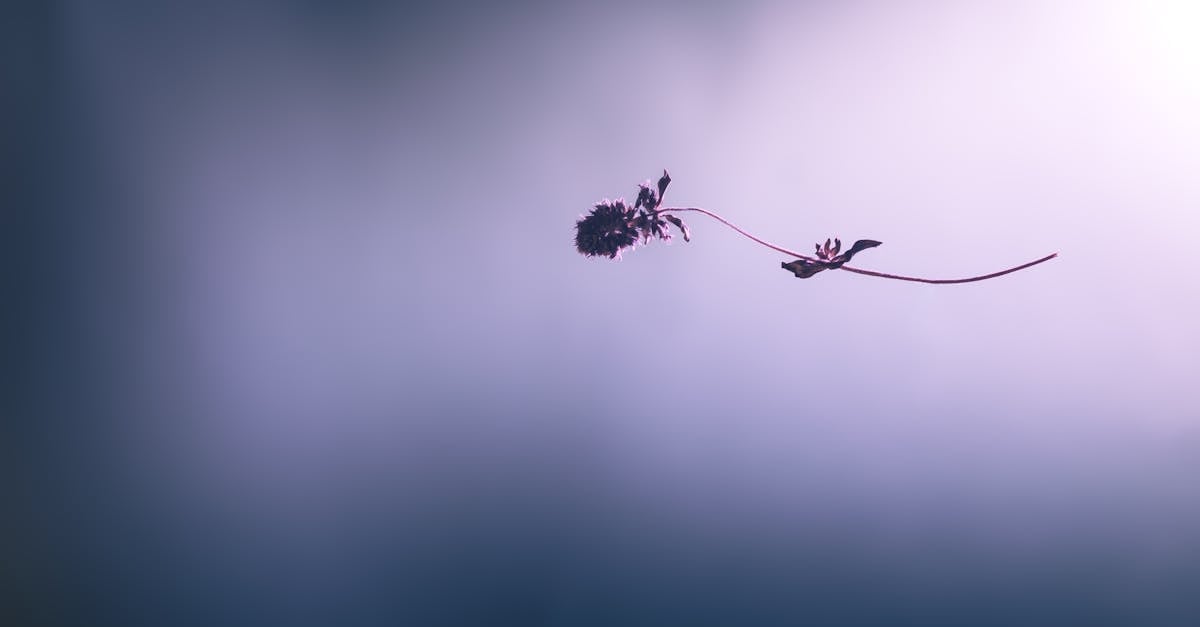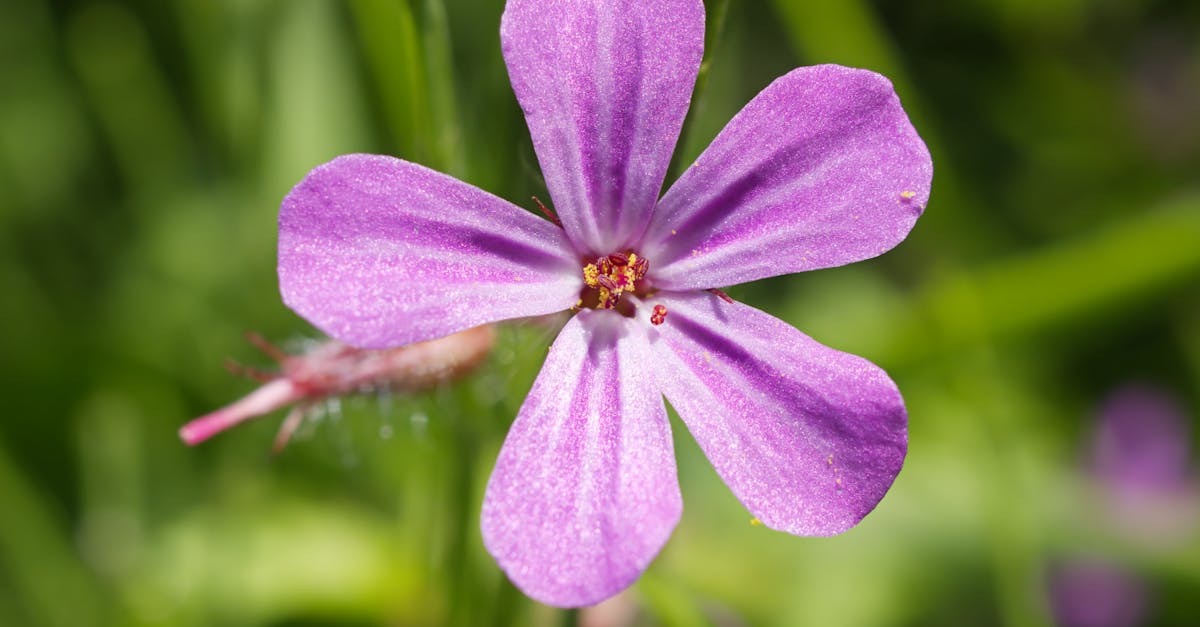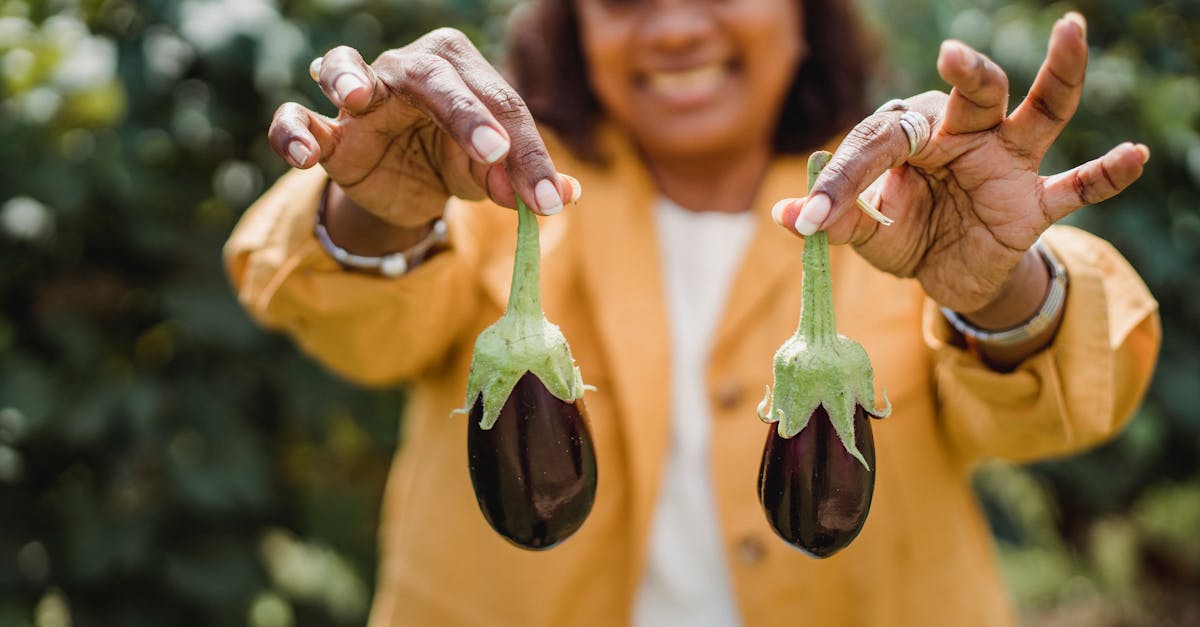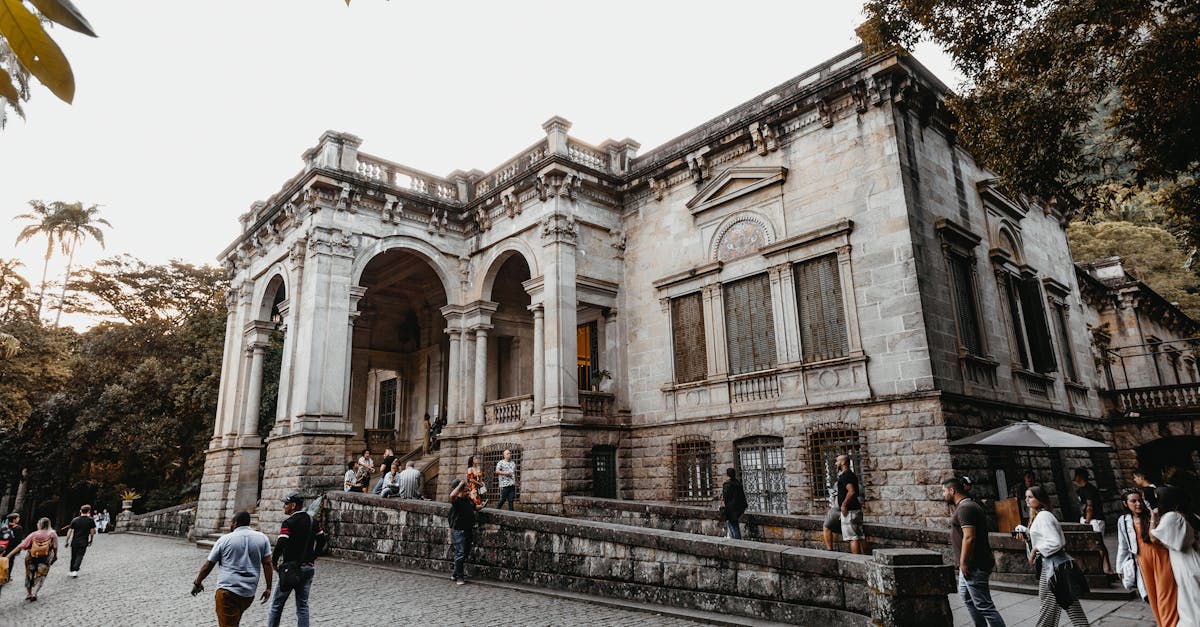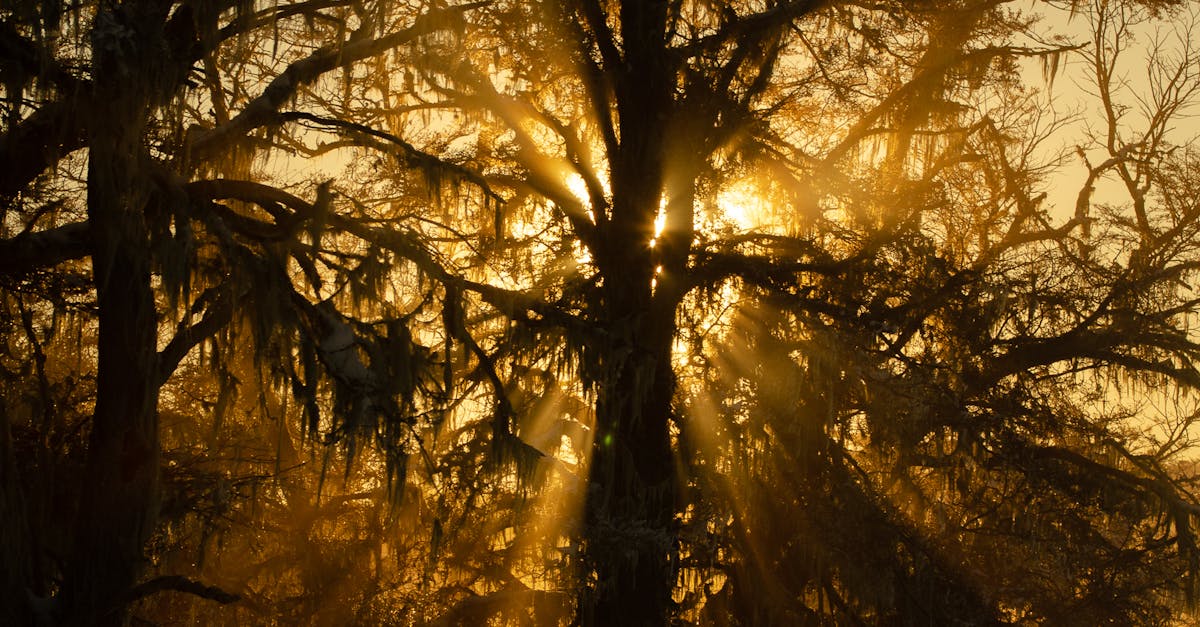The Transformative Visionary: Exploring the Unconventional Brilliance of Taiga Urushibata
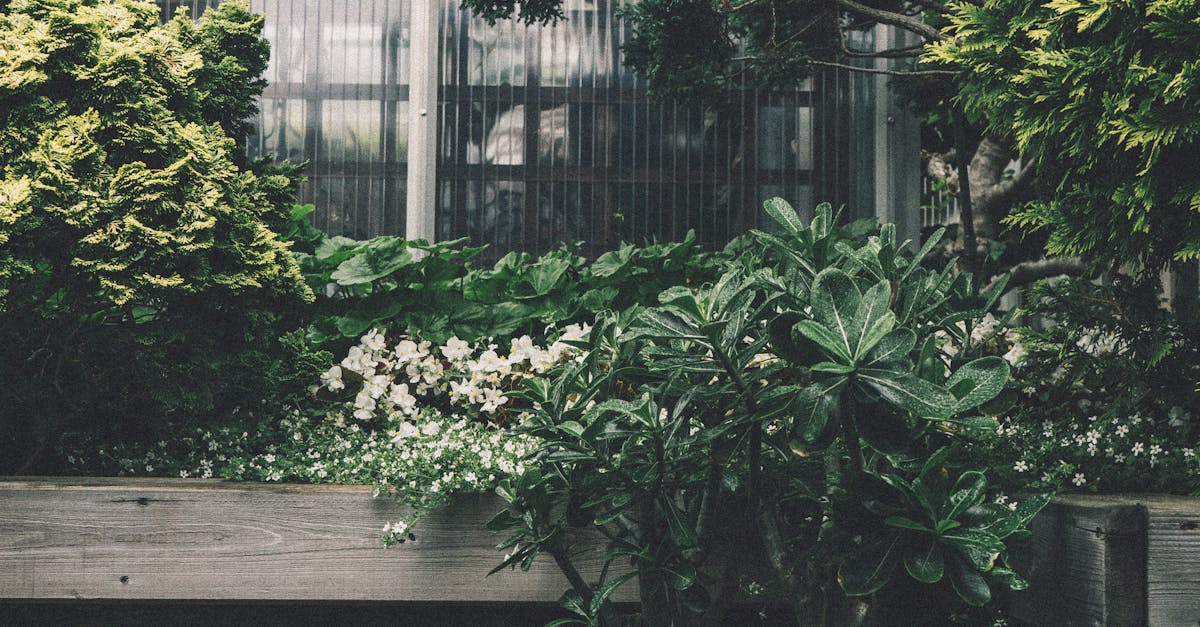
Taiga Urushibata: A Pioneer in the Art of Bonsai
Taiga Urushibata, born in Saitama, Japan in 1964, is an internationally renowned bonsai master celebrated for his groundbreaking contributions to the ancient art form. Urushibata, who began his bonsai journey at the tender age of 15, is recognized for his exceptional ability to transcend conventional boundaries and infuse bonsai with a captivating blend of innovation and tradition.
Through his unparalleled craftsmanship, Urushibata has not only reshaped the very definition of bonsai but also inspired a burgeoning generation of artists to boldly explore the boundless possibilities of this revered art form.
1. Taiga Urushibata: A Brief Biography
Taiga Urushibata: A Brief Biography
Taiga Urushibata, born in Saitama, Japan in 1964, is an internationally acclaimed bonsai master revered for his groundbreaking contributions to the art form. His bonsai journey commenced at the tender age of 15, under the expert tutelage of his father, Masakazu Urushibata, a renowned bonsai master in his own right. Young Taiga quickly developed an unyielding passion for the art form, embarking on a quest for knowledge that led him to study under some of the most esteemed bonsai masters in Japan.
Urushibata’s unwavering dedication and innate talent propelled him to the forefront of bonsai artistry. He eagerly absorbed the traditional techniques and philosophies of his mentors while simultaneously nurturing his own unique vision. This fusion of tradition and innovation laid the foundation for his groundbreaking approach to bonsai, which would later captivate the bonsai world.
2. Taiga Urushibata’s Techniques

Taiga Urushibata’s Techniques
Taiga Urushibata is renowned for his groundbreaking and unconventional approach to bonsai, which has revolutionized the art form. He boldly ventures beyond traditional boundaries, incorporating unexpected materials and techniques to create his captivating works of art. Driftwood, rocks, and even scrap metal are transformed under his skilled hands, imbued with a new life and purpose as integral elements of his bonsai creations.
Urushibata’s innovative spirit is evident in his signature ‘root over rock’ technique, where the roots of the tree are meticulously trained to cascade over a rock, creating a breathtaking visual harmony between the organic and the inorganic. This technique, which requires immense patience and technical proficiency, is a testament to Urushibata’s mastery over the art of bonsai.
The Use of Unconventional Materials
The Use of Unconventional Materials
Taiga Urushibata’s unique approach to bonsai is characterized by his大胆的спользование unconventional materials. He challenges the traditional boundaries of the art form by incorporating a wide range of found objects and natural elements into his creations. Urushibata believes that any material, regardless of its origin or perceived value, can be transformed into a beautiful and expressive bonsai. This philosophy stems from his deep appreciation for the wabi-sabi aesthetic, which celebrates the beauty of imperfection and impermanence.
In Urushibata’s skilled hands, driftwood, rocks, and even scrap metal are imbued with a new life and purpose. He carefully considers the texture, shape, and color of each material, ensuring that it complements the natural beauty of the tree. By juxtaposing traditional bonsai techniques with unconventional materials, Urushibata creates a captivating tension that invites viewers to contemplate the relationship between nature and artifice.
Innovative Training Techniques
Innovative Training Techniques
Taiga Urushibata is renowned not only for his unconventional use of materials but also for his innovative training techniques. He has developed a number of new methods to help shape and style bonsai trees, pushing the boundaries of the art form. One of his most notable techniques is called ‘root over rock’, where the roots of the tree are meticulously trained to cascade over a rock. This technique requires immense patience and skill, as the roots must be carefully guided and coaxed into the desired position over many years.
Urushibata’s innovative techniques are not limited to root training. He has also developed new methods for shaping branches, creating unique and dynamic compositions. His willingness to experiment and challenge traditional approaches has led to a fresh and exciting aesthetic in the world of bonsai.
3. Taiga Urushibata’s Influences
Taiga Urushibata’s Influences
Taiga Urushibata’s artistic vision is a captivating fusion of traditional Japanese aesthetics and contemporary Western influences. His deep appreciation for traditional Japanese art forms, such as calligraphy and painting, is evident in his meticulous attention to detail and his emphasis on simplicity and harmony. The influence of Western art forms, particularly sculpture and photography, can be seen in his innovative use of materials and his bold compositions.
Urushibata’s exposure to a diverse range of artistic styles has allowed him to develop a unique and personal approach to bonsai. He seamlessly blends the traditional and the modern, creating works of art that transcend cultural boundaries and resonate with audiences worldwide.
Traditional Japanese Art Forms
Traditional Japanese Art Forms
Taiga Urushibata’s work is deeply rooted in traditional Japanese art forms, drawing inspiration from their emphasis on simplicity, harmony, and balance. Among these influences, the Japanese tea ceremony holds a particularly significant place in shaping his artistic vision. The tea ceremony, with its focus on creating a serene and contemplative atmosphere, has influenced Urushibata’s approach to bonsai. He strives to create bonsai that evoke a sense of tranquility and inner peace, inviting viewers to connect with the natural world and find moments of mindfulness.
Urushibata’s bonsai creations often embody the侘び寂び(wabi-sabi) aesthetic, which celebrates the beauty of imperfection and impermanence. He incorporates natural elements such as driftwood and rocks into his works, embracing the unique characteristics and imperfections that time and nature have bestowed upon them.
Western Art Forms
Western Art Forms
Taiga Urushibata’s artistic influences extend beyond traditional Japanese art forms to encompass Western art forms as well. Sculpture and photography, in particular, have captivated his imagination and influenced his approach to bonsai. From sculpture, Urushibata draws inspiration in the three-dimensional form and the interplay of light and shadow. He carefully considers the shape and texture of his bonsai creations, ensuring that they are visually appealing from all angles.
Photography, with its ability to capture fleeting moments and highlight details, has also played a significant role in shaping Urushibata’s artistic vision. He studies photographs of bonsai and other natural subjects, observing the way light interacts with different surfaces and textures. This knowledge informs his own work, as he strives to create bonsai that are not only beautiful but also evocative and expressive.
4. Taiga Urushibata’s Impact on the Art of Bonsai
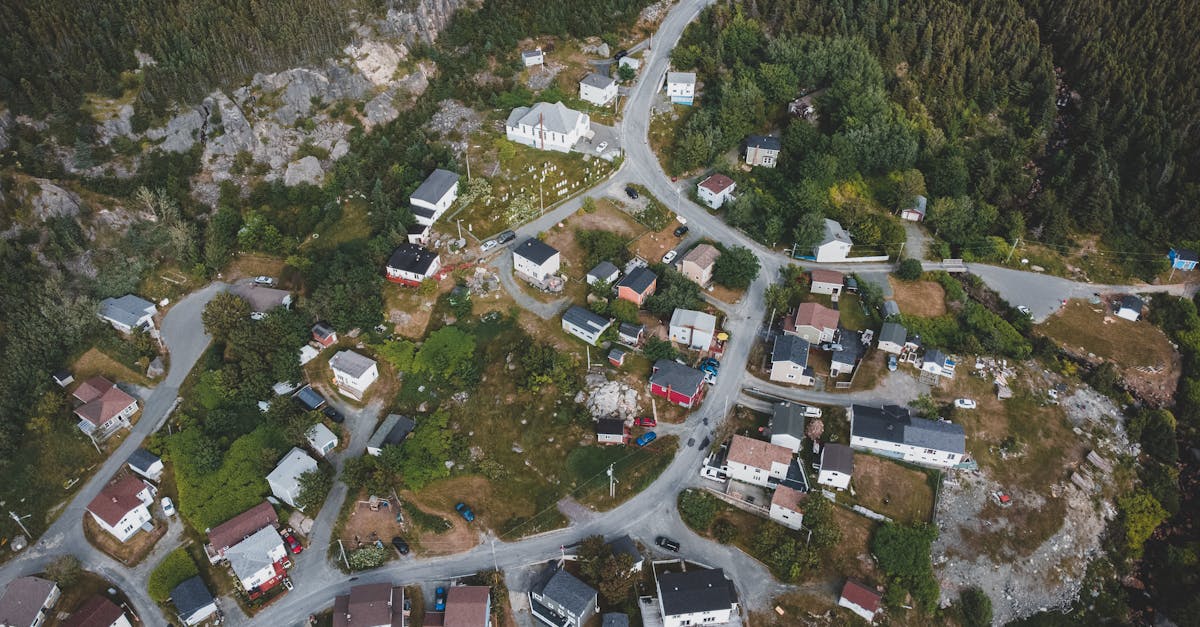
Taiga Urushibata’s Impact on the Art of Bonsai
Taiga Urushibata’s innovative approach to bonsai has left an indelible mark on the art form. His bold use of unconventional materials and his development of new training techniques have pushed the boundaries of bonsai, inspiring a new generation of artists to explore uncharted territories. Urushibata’s work has challenged traditional notions of what a bonsai can be, demonstrating the endless possibilities of this ancient art form.
Urushibata’s influence is evident in the growing number of bonsai artists who are experimenting with unconventional materials and techniques. His work has fostered a spirit of innovation and experimentation within the bonsai community, encouraging artists to break free from convention and embrace their own unique visions. Through workshops and exhibitions, Urushibata continues to share his knowledge and inspire aspiring bonsai artists around the world.
Pushing the Boundaries of Bonsai
Pushing the Boundaries of Bonsai
Taiga Urushibata’s groundbreaking work has redefined the boundaries of bonsai. He has challenged the traditional view of bonsai as solely miniature trees in pots, transforming them into captivating works of art that transcend their physical form. Urushibata’s innovative techniques and unconventional materials have opened up new avenues of expression, allowing bonsai to become a medium for personal interpretation and artistic exploration.
Through his bold compositions and masterful use of natural elements, Urushibata has demonstrated the limitless possibilities of bonsai. His work invites viewers to engage with the natural world in a profound and meaningful way, fostering a deeper appreciation for the beauty and diversity of nature.
Inspiring a New Generation of Bonsai Artists
Inspiring a New Generation of Bonsai Artists
Taiga Urushibata’s groundbreaking work has ignited a spark of inspiration in a new generation of bonsai artists, who are eagerly pushing the boundaries of the art form. His innovative spirit and unwavering dedication have empowered aspiring artists to embrace their own unique visions and explore uncharted territories in bonsai.
Urushibata’s influence is evident in the growing number of bonsai artists who are experimenting with unconventional materials and techniques, creating works that challenge traditional notions of what a bonsai can be. His work has fostered a sense of community and collaboration among bonsai enthusiasts, fostering a supportive environment where artists can learn from each other and share their passion.
5. Conclusion
Conclusion
Taiga Urushibata stands as a true visionary in the world of bonsai, his innovative spirit and groundbreaking work forever etched in the annals of the art form. As one of the most influential bonsai masters of our time, he has not only expanded the boundaries of bonsai but also inspired a new generation of artists to embrace their own unique paths. With his unwavering dedication to excellence and his passion for pushing the limits, Taiga Urushibata has cemented his legacy as a true master of his craft.
His exceptional contributions to bonsai have garnered him international recognition and accolades. Urushibata’s work continues to captivate audiences worldwide, gracing prestigious exhibitions and adorning the finest collections. As the years pass, his influence will undoubtedly continue to shape the future of bonsai, inspiring countless artists to come.
What sets Taiga Urushibata apart from other bonsai masters?
Taiga Urushibata is renowned for his innovative and unconventional approach to bonsai. He boldly incorporates unexpected materials such as driftwood, rocks, and even scrap metal into his creations, challenging traditional boundaries and pushing the limits of the art form.
How does Taiga Urushibata’s work inspire a new generation of bonsai artists?
Urushibata’s groundbreaking techniques and willingness to experiment have ignited a spirit of innovation among aspiring bonsai artists. His work empowers them to embrace their own unique visions and explore uncharted territories in the art form.
What is the significance of Taiga Urushibata’s ‘root over rock’ technique?
The ‘root over rock’ technique, developed by Urushibata, is a testament to his mastery and patience. It involves meticulously training the roots of a tree to cascade over a rock, creating a captivating visual harmony between the organic and inorganic elements.
How does Taiga Urushibata incorporate traditional Japanese aesthetics into his work?
Urushibata’s deep appreciation for traditional Japanese art forms, such as calligraphy and painting, is evident in his meticulous attention to detail and emphasis on simplicity and balance. He seamlessly blends these traditional elements with contemporary influences, creating a unique and captivating style.
What is the impact of Taiga Urushibata’s work on the global bonsai community?
Urushibata’s innovative approach and exceptional artistry have garnered him international recognition and accolades. His work has captivated audiences worldwide, inspiring bonsai enthusiasts and collectors alike. Urushibata’s influence continues to shape the future of bonsai, fostering a spirit of experimentation and pushing the boundaries of the art form.

